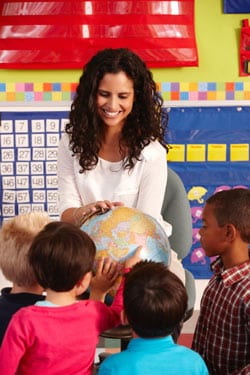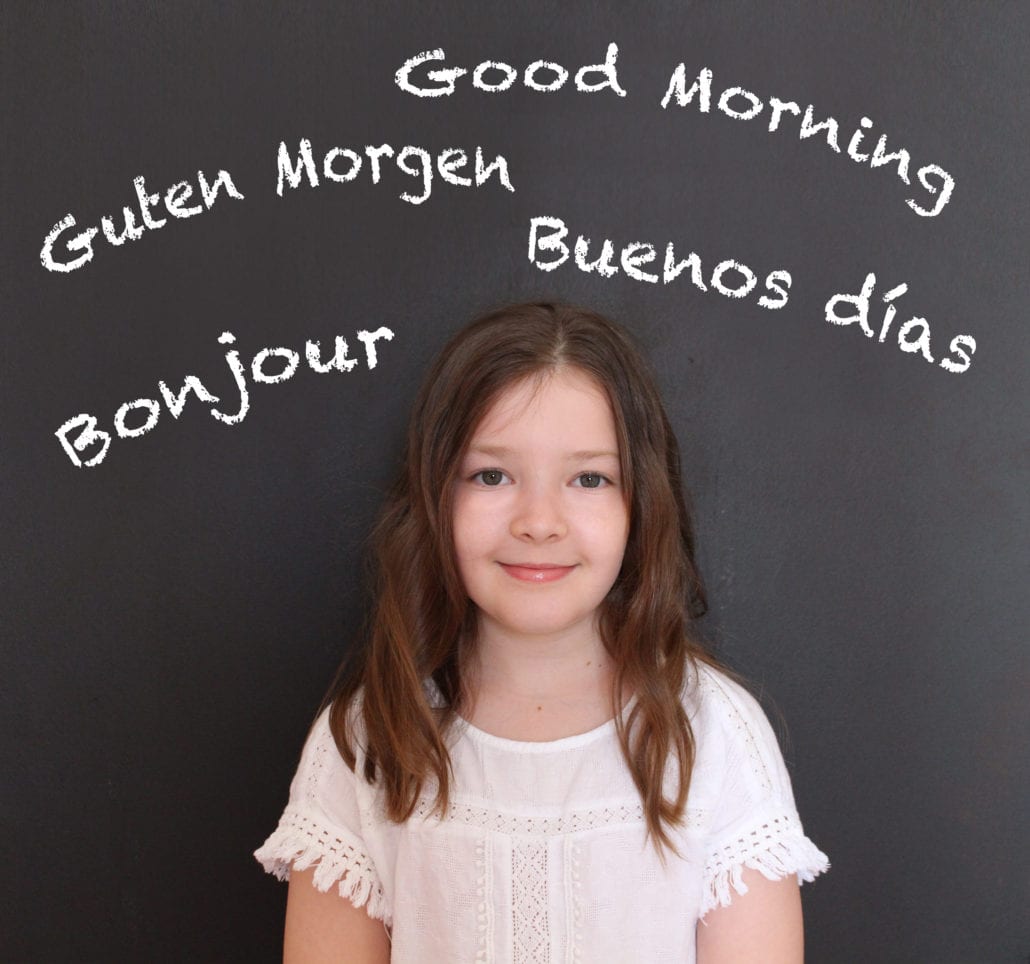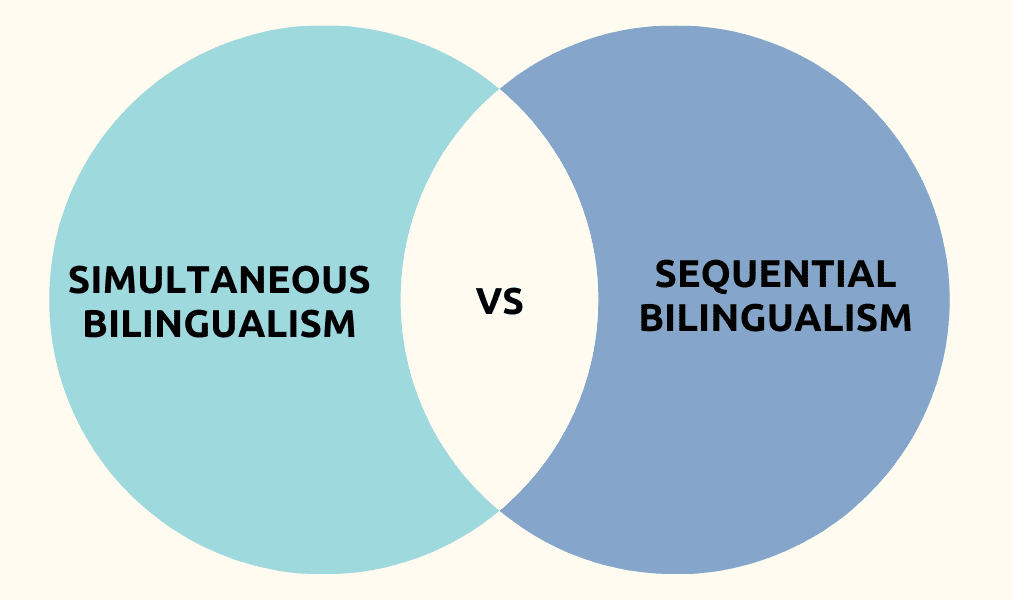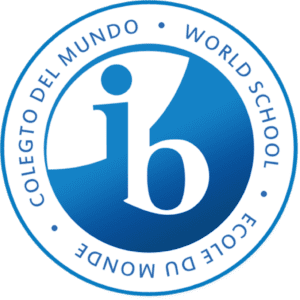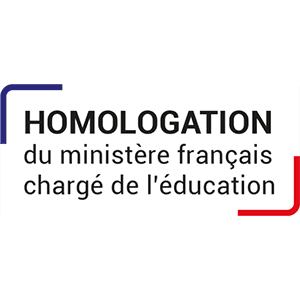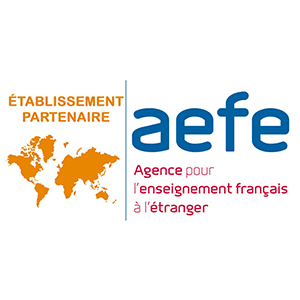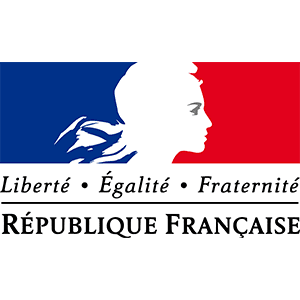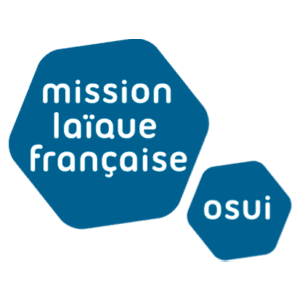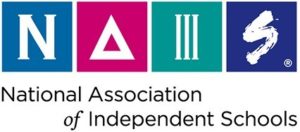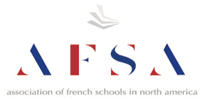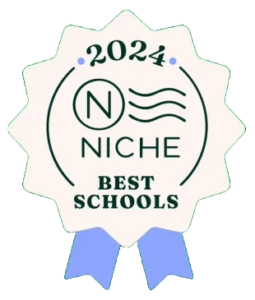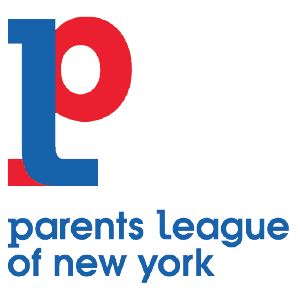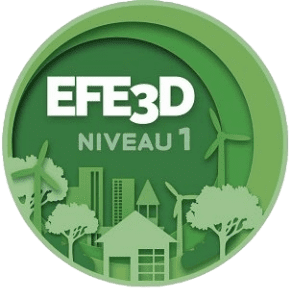The Different Types of Preschool Bilingual Learning
by Tori Galatro
You may already know that bilingualism can have a hugely positive impact on your child’s future. You may also know that the best time for your child to learn a new language is when they are young. However, there are many ways for children to become bilingual, and many factors that can influence the speed of their language education. When a child reaches preschool-age, from three to five, immersive language learning can be extremely helpful for children that have been exposed to two languages from birth, as well as children who’ve only ever heard one.
The following are common ways researchers distinguish between the differences in early language education. Learning these approaches may help you to think about how your child’s preschool language education can introduce, promote, or supplement their previous experience with bilingual learning.
The Six Models of Childhood Bilingualism
The Huffington Post recently published an article outlining the various ways in which children can learn languages at home, at school, and in their community. The article outlines six different models of bilingual language acquisition.
- Model Example #1: Both parents speak a language at home, while a different language is spoken by the child’s school and community. Such parents may have moved from a different country, or simply wish their child to learn a different language than the one spoken at home.
- Model Example #2: One parent speaks one language exclusively, and the other parent speaks the language of the school and community. In this model, the child would benefit from supplemental help during preschool in the first parent’s language, as they are getting only limited exposure, but would more readily absorb the community language.
The six language models referenced in the article are different variations on this general concept: the child’s preschool education should vary according to where, when, how often, and by whom each language is spoken. However, this research was published back in the 90s and many studies have since developed these models further.
The Two Types of Early Bilingualism
The models of childhood bilingualism mentioned above have also been grouped into two categories by researchers: simultaneous and sequential.
- Simultaneous bilingualism occurs when a child is exposed to two languages equally, from birth.
- Sequential bilingualism occurs when a child is introduced to one language after the other, during childhood.
Both are considered to be great methods of bilingual language education. Both methods fall under the category of “early bilingualism”, which means both languages need to be acquired roughy before the age of five, during the normal period of language development.
Children who learn sequentially, or learn their second language after the age of three, but before the age of five, actually learn the second language completely fresh, rather than using their first language for guidance, as older children might. This gives them an advantage since these younger children are less likely to rely on the grammatical patterns of their first language for support. They also tend to have a period of adjustment to the new language during which they may stop speaking in the environments where only the new language is spoken. They may use hand gestures only, until they begin to test out their new language. After that point, they have a high potential of becoming just as competent in their new language as a native speaker.
Understanding How Bilingual Preschool Education Can Help Your Child Learn
Your child is capable of becoming multilingual at a very young age, and speaking each language with the competency of a native speaker, but they are going to need the proper level of exposure, before the age of five. A child won’t become fluent in a new language by watching a foreign language TV show once a week. Their exposure to the new language must be consistent, immersive, and meaningful. Children don’t understand the long-term benefits of language learning, but they do have an innate desire to communicate and be understood. That’s why the new language must be more than a casual activity. It needs to be integrated into a meaningful and consistent environment for the child to truly care about listening and learning.
At Tessa International School, we create an environment where language learning is not just fundamental, but also enjoyable. Contact us today to enroll your young child in an immersive bilingual learning program, and encourage language learning that has already happened at home, or start completely fresh.


